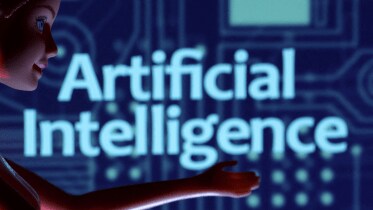In the dynamic realm of modern business, understanding customers is not merely an advantage but a vital necessity. Customer segmentation, the art of dividing markets into distinct groups with shared needs, behaviors, or characteristics, has long been pivotal in shaping successful marketing strategies. Over time, the methods and tools for segmentation have evolved significantly, spurred by technological advancements and evolving consumer demands. Now, as we stand at the brink of a new era where artificial intelligence (AI) pervades nearly every aspect of our lives, the synergy between human insight and AI-driven analysis is poised to revolutionize customer segmentation, creating a landscape where businesses of all sizes can thrive.
Evolution of Customer Segmentation:
Customer segmentation’s journey traces back centuries, but it gained prominence in marketing discourse in the mid-20th century. Initially, segmentation relied on basic demographic factors like age, gender, income, and geography. Yet, as markets saturated and consumer behavior grew more intricate, traditional demographic segmentation proved insufficient.
In the digital age, businesses are leveraging big data and sophisticated algorithms to glean deeper insights into customer behavior. Advanced analytics techniques like cluster analysis have become the cornerstone of modern segmentation strategies, enabling businesses to personalize marketing efforts with precision.
Promise of Generative AI:
However, traditional analytical techniques have their limitations. Generative AI, with its ability to learn from data in an unsupervised manner, promises to transcend these constraints. Unlike conventional AI models, which operate within predefined parameters, generative AI can identify complex patterns and generate new insights autonomously.
Sai Kiran Arcot Ramesh said, “Apart from implementing security measures, we should also make efforts towards creating a resilient society, able to withstand emerging or future attacks.” Sai Kiran’’s approach integrates cybersecurity and generative Artificial Intelligence in a novel way, providing not only valuable insights but also a significant impact on how our digital transformations will develop in the future.
By harnessing the power of generative AI, businesses can unlock untapped potential in their customer data. From predicting future trends to generating hyper-personalized marketing content, generative AI has the potential to revolutionize every aspect of customer segmentation.
Future of Customer Segmentation with Generative AI:
Looking ahead, the future of customer segmentation with generative AI appears promising and transformative. By synthesizing vast amounts of heterogeneous data sources, generative AI can create rich, multidimensional customer profiles that capture the essence of each individual.
Moreover, generative AI can enable truly personalized marketing experiences by analyzing subtle nuances in customer preferences and behaviors. It can dynamically adapt marketing content in real-time, ensuring relevance and resonance with each consumer.
Furthermore, generative AI has the potential to democratize segmentation, making advanced analytics accessible to businesses of all sizes. With the proliferation of cloud-based AI platforms and off-the-shelf solutions, even small and medium-sized enterprises can harness the power of generative AI to gain a competitive edge in the market.
In conclusion, the synergy between human insight and AI-driven analysis is poised to shape a landscape where businesses of all sizes can thrive. By embracing the transformative potential of generative AI, companies can forge deeper connections with their customers, driving sustained growth and innovation in the years to come. As businesses navigate an increasingly complex and competitive landscape, those that leverage the power of AI to enhance human understanding will emerge as the leaders of tomorrow.
